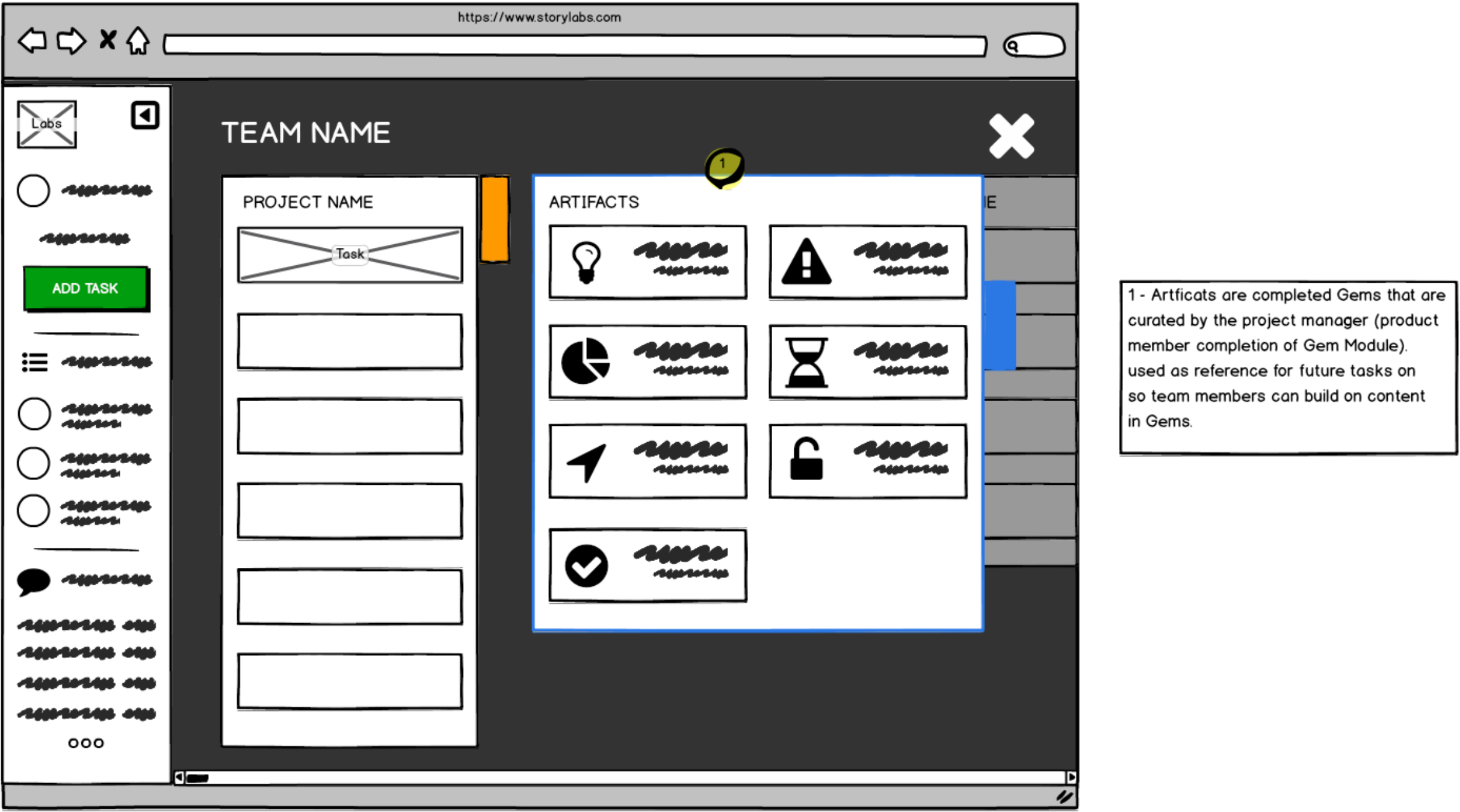FREE RANGE LABS
A dynamic learning platform for SMBs
THE OPPORTUNITY
The learning management software (LMS) industry is valued at roughly $7B, and is expected to grow to $22B by the year 2023. Given its massive size and rate of growth, there are surprisingly only very few LMS platforms that make up a majority of the market share. Companies like Docebo, Adobe, and Litmos provide customized LMS solutions to large companies, but their solutions are often archaic, time-consuming, and lack daily engagement.
At Free Range Studios, our team was uniquely positioned to solve this challenge. Free Range has been helping organizations tell their stories through workshops and 1:1 engagement for 15 years. In addition to helping organizations tell better stories, the company was interested in scaling their efforts and helping people retain what they learned during workshops.
My Role: UX Designer
Tools Used: Balsamiq, Photoshop, Pen & paper
THE PROCESS
Our team was made up of five Babson students, and combined our unique Finance, Market Strategy, and Product Design perspectives to tackle a problem for Free Range.
Within the team, I worked as the design head – creating wireframes and UI mockups, and incorporating important information gathered by the team into a coherent design.
Process: Concept
As a brand and innovation studio, Free Range runs corporate workshops focused on storytelling, strategy, and design thinking. With feedback from participants, Free Range found that there were issues with retention after their workshops were complete. Clients did not see an immediate application of the concepts learned in the workshops into the everyday work of their employees. Through this feedback, Free Range saw an opportunity to create an effective solution.
Process: Creation
The creation process began with Free Range giving our team a crash course on their storytelling framework and workshops. After gaining a solid understanding of what Free Range did, our team began ideating and crafting solutions.
We believed that a solution had to be:
Easily-scalable
Relevant, and integrated into a user's daily workflow
Quickly accessible
THE OUTCOME
These beliefs caused us to narrow our ideas, and center our solution on a cloud-based project management platform with learning components. Our team did extensive research on project and learning management software, placing an emphasis on features, user experience, and daily usage.
Labs main dashboard
Inside of a learning component (or "Gem")
Though my team's involvement in this project ended with a minimum viable product, time constraints did not allow us to see what became of the product in the end.
Key Takeaways
Design cues can be taken from anywhere; the real task is synthesizing it all into something unique.
Framing issues and solutions works best in a group setting; the more perspectives, the better.
Dogs in the office cause an increase productivity :)







